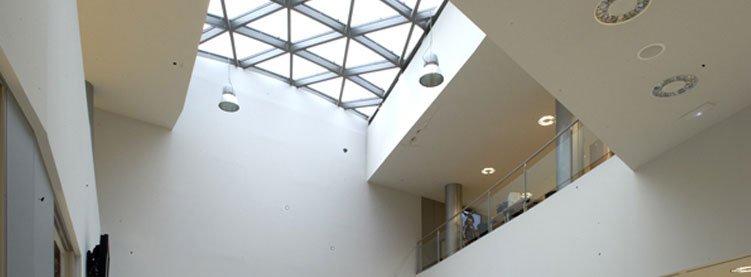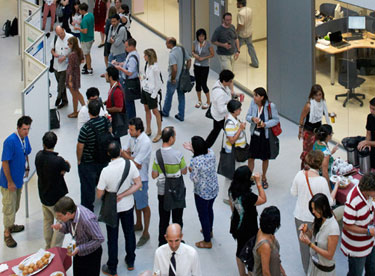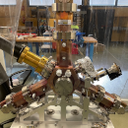
The radiofrequency (RF) group of ALBA has designed and built a prototype of a 3rd harmonic cavity. It will significantly increase the beam lifetime at the Storage Ring and the beam stability, both for the current ALBA Synchrotron and the future ALBA II. The prototype passed successfully the first tests and is now installed at the BESSY II synchrotron in Berlin to be tested with beam, in the frame of a collaboration with the German laboratories HZB and DESY.
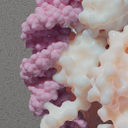
Scientists from the Centro de Investigaciones Biológicas Margarita Salas (CIB-CSIC) have used the electron microscope devoted to structural biology of the new JEMCA center, located at the ALBA Synchrotron, to study at the atomic level transposases, enzymes that catalyze DNA rearrangements events. The results have been published in the journal Nature Communications.
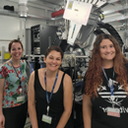
Researchers from TU Wien have studied the structural evolution of gold nanoclusters catalysts during pretreatment and reaction conditions. The results, published in the journal Physical Chemistry Chemical Physics, are the first reported from NOTOS beamline.
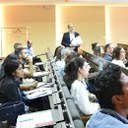
About 45 people from 20 companies visited the ALBA Synchrotron last Friday to participate in a workshop to learn first-hand how synchrotron techniques are used to research and develop recyclable chemicals, as well as metals, plastics, catalysts, pigments and other recyclable materials to boost industry innovation.
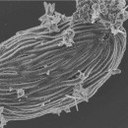
New insights about the symbiosis between microbial organisms have been revealed. It is known microorganisms have magnetic properties that allow them to navigate collectively in sediments. Now, a new work opens the way to apply interdisciplinary approaches between materials science and these microbial organisms to understand mechanisms associated with the emergence of new biological functions. Studies at MISTRAL beamline of ALBA have contributed to understand how the bacteria symbionts physically interact with their host and the origin of the magnetic properties of the ensemble.

